Understanding and Preventing Runner’s Colitis: Essential Strategies for Endurance Athletes
One of the jokes among people in the running community is that we run to eat or drink whatever we want. This is an excellent idea in theory, but a much different story when it comes time to put it into practice. Aside from myself, I know countless runners on a run or in the middle of a race who have experienced the never-welcome gut bomb. This unpredictable gastrointestinal event occurs mid- or post-run when the runner's food and fluid intake resembles ‘Mr. Toad’s Wild Ride.’
For endurance or long-distance runners, this “gut bomb” can present as bloating, abdominal cramps, gastrointestinal bleeding, or rectal incontinence. You can also hear this referred to as runner’s diarrhea, runner’s colitis, or ischemic colitis, which, for some, can occur during or right after a long-distance run. This leads to questions like “Why does it happen?” and “How can I prevent it?”
The Mystery of Runner’s Colitis: A Common Challenge for Endurance Athletes
First, this only happens somsomeong-distance runners. I have met runners who have iron intestines when it comes to their racing and fueling strategies. Second, if it does happen, there is generally a reason behind it. Third, there are ways to work around it; it can take some trial and error to determine whether the food you eat or your hydration status is the culprit.
There is no singular cause of runner’s colitis, but during extreme exercise, blood flow is redirected away from the intestines and routed instead to the working muscles. Another factor to consider is the state of hydration, or for most runners, the state of dehydration commonly experienced. When you add nutrition to a GI tract lacking blood flow and fluid volume, then you have the recipe for acute runner’s colitis.
Navigating the Nutritional Landscape of Runner’s Colitis: Understanding the Role of Meal Timing
Meal timing can profoundly influence the gastrointestinal tract when fighting colitis. Mindfulness concerning the timing and type of food/fuel and hydration you consume before, during, and after your endurance activity is crucial to GI response and outcomes. Understanding that there are simple adjustments that you can make to promote digestive wellness and enhance athletic performance is crucial.
The Do Not Do List for Preventing Runner’s Colitis:
- Limit gas-producing and high-fiber foods within one day before your endurance activity. These foods can pull excess water into the GI tract as well as take longer to digest and absorb
- Reduce caffeine and alcohol intake 24-48 hours prior; these are diuretics and contribute to further dehydration
- Reduce high-fat foods within 3-6 hours prior as these also take longer to digest
- Do not let race day be your first time trying nutritional gels or bars. Trial these during training to rule out brands or products that cause GI upset
- Stay away from NSAIDs like ibuprofen or naproxen; these slow gut motility and can cause gastric bleeding and diarrhea
The Do List: Recommended Nutrition Strategies for Endurance Athletes:
- Have simple carbohydrate, low-fiber foods within 1.5-2 hours before your endurance activity. Examples are instant oatmeal, half a bagel with low-fat topping, or cereal with lactose-free milk (if you notice lactose bothers you).
- Train with your hydration and fueling. If you want to use gels, water, or sports drinks during your race, work with them during your training cycle. I like Gu energy gels. These are gluten-free. Other GI-friendly products are U-Can energy gels, Honey Stinger gels (Do not use if you are following FODMAP and honey is a trigger for you), and Hammer gel. There are more out there, but I have tried these products with success.
- Hydration and incorporating electrolytes can help save your gut during endurance activities. Products I have used and like include Tailwind, Sword, LMNT, Liquid IV, and Nuun tabs.
- Electrolyte tabs or gel caps are another option if that is easier than mixing it into your water.
- Nutrition gels, water, and electrolytes should be used in combination, not one or the other. Your body needs the carbohydrates for fuel, and the electrolytes and water work together to maintain hydration throughout your endurance activity.
Sample Meal Plan: A Practical Guide to Timing and Food Choice
Now that you understand the do’s and don'ts, let’s put that all together. For simplicity purposes, I will use the strategy that has worked best for me as an example. I have been dealing with runner’s colitis for years and have finally adopted a plan that has worked well to prevent GI distress after multiple marathons and ultra-marathon training and races.

Having Runner’s Colitis is never fun. It does take some trial and error to figure out what your individual gastrointestinal tract will tolerate. What works for me may not work for you. There are so many products out there for “during-activity” nutrition that it makes it easy to find something you can tolerate and enjoy. Keep running, keep training, and remember to incorporate nutrition and hydration into your endurance activities, which is a huge part of finishing and enjoying your accomplishments.
- Grames, C., & Berry-Cabán, C. S. (2012). Ischemic colitis in an endurance runner. Case reports in gastrointestinal medicine, 2012, 356895.
- Robinson, R. S., 3rd, Modi, R. M., & Krishna, S. G. (2018). Acute Abdominal Pain and Hematochezia in a Long-Distance Runner. Gastroenterology, 154(6), 1582–1583.
- Sparks, D. (2021, July 8). How can I prevent runner’s diarrhea? - mayo clinic news network. Mayo Clinic.


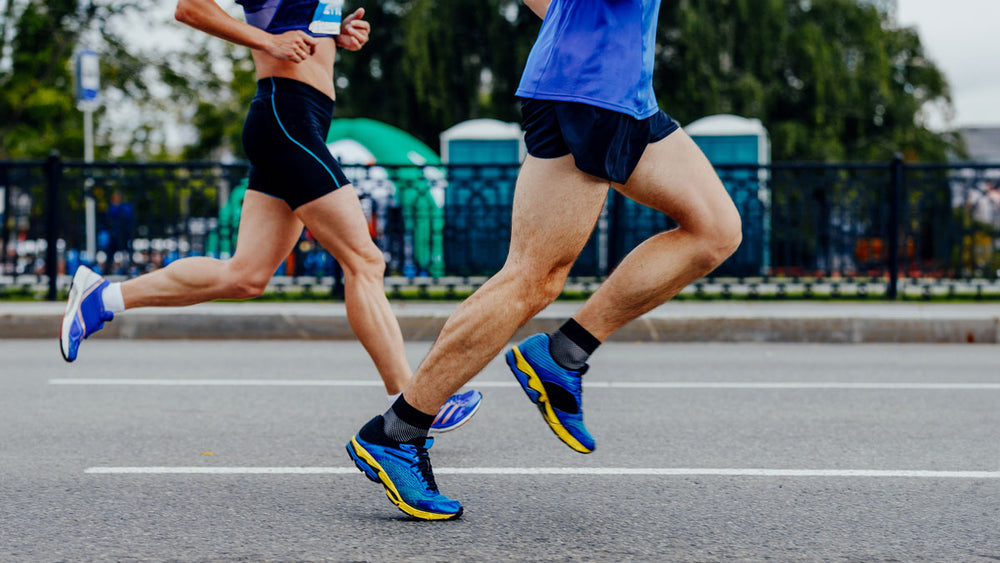
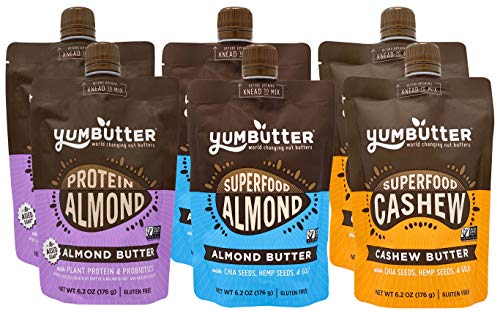
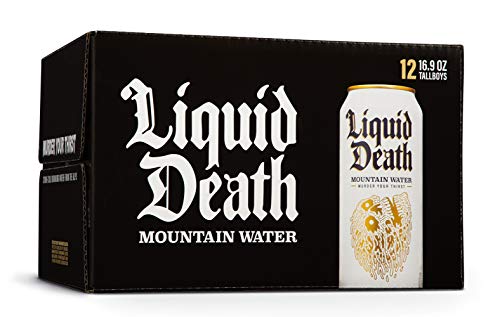
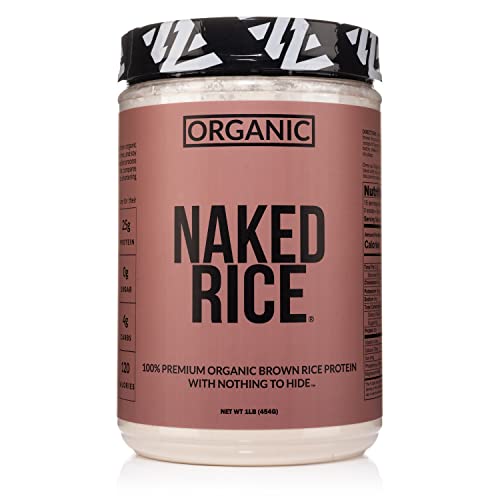

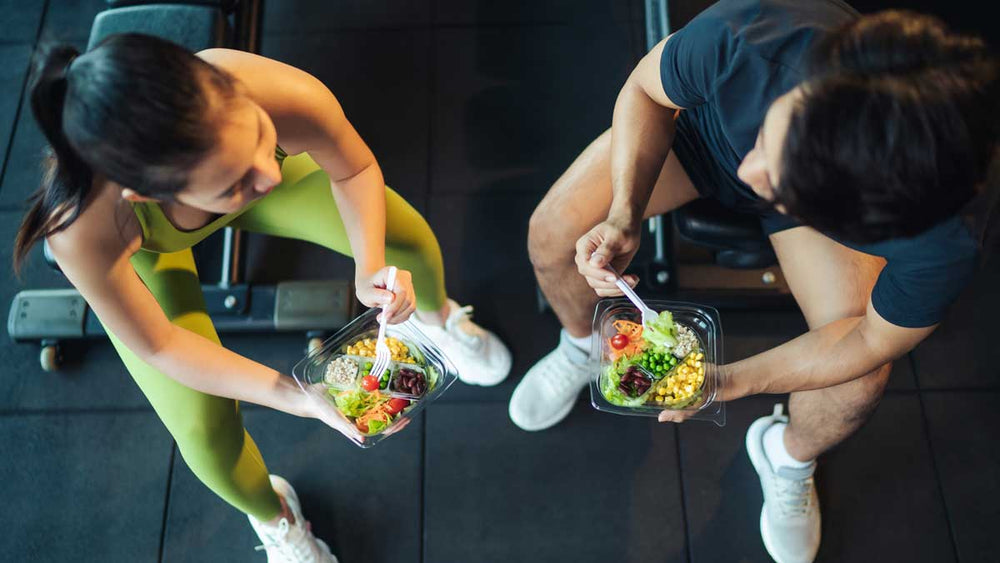












Comments
Join The Conversation...